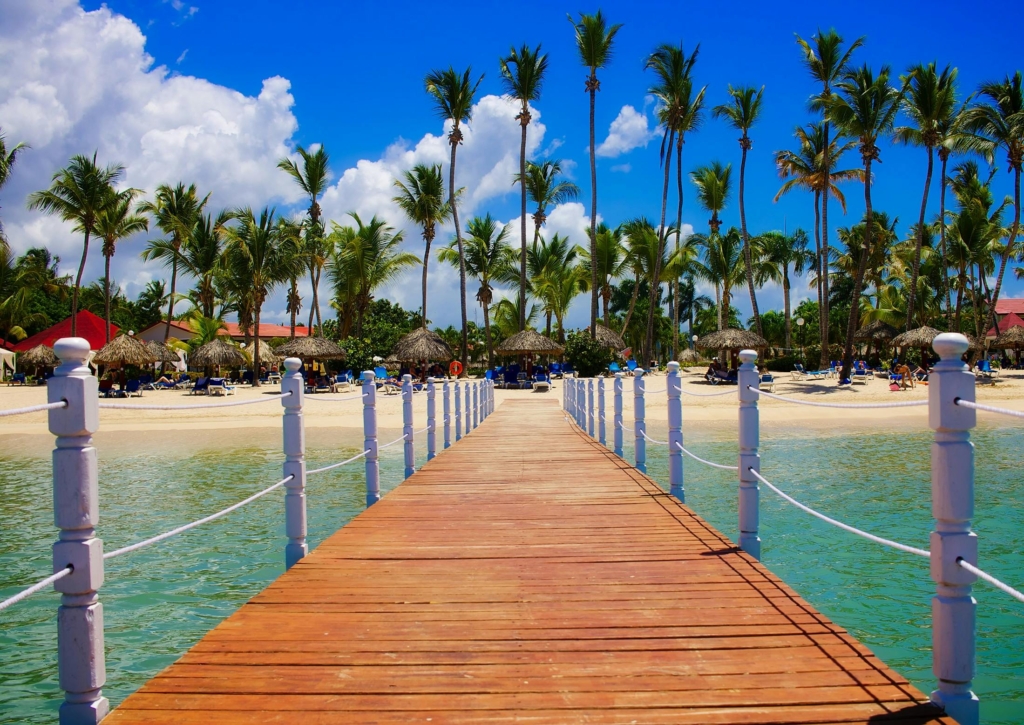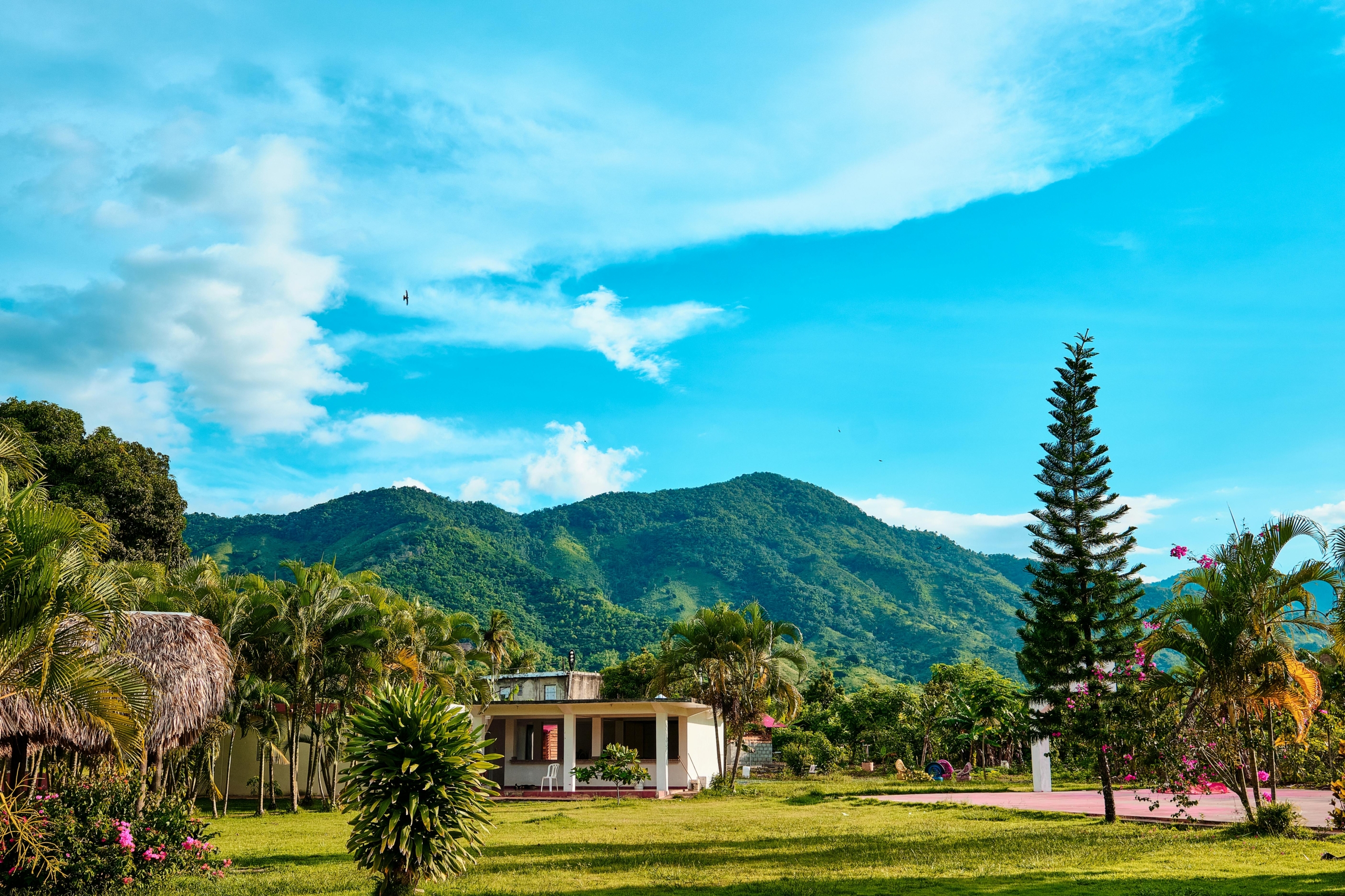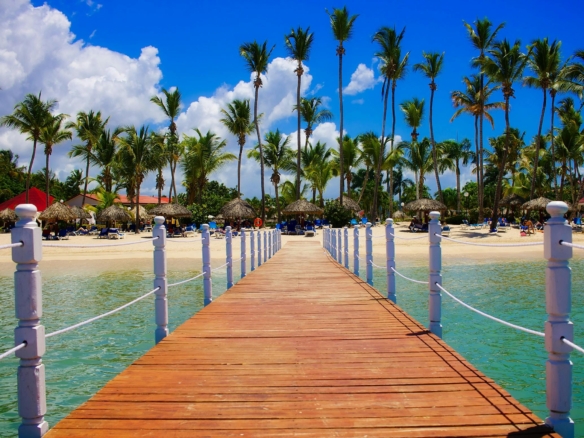The Dominican Republic (DR) has long been a beacon for international real estate investors, tourists, and expatriates. Historically, its real estate market has been tied closely to its tourism industry, which flourished in the latter half of the 20th century as the government invested heavily in infrastructure and promotional campaigns to position the DR as a tropical paradise.
In the early 2000s, the market experienced significant growth, driven by a surge in foreign direct investment. Developers focused on creating luxury resorts, condominiums, and gated communities in prime coastal areas such as Punta Cana, Samaná, and Puerto Plata. The country’s comparative affordability, coupled with a stable political environment, made it an attractive destination for North American and European investors.
However, the global financial crisis of 2008 slowed the growth of the Dominican real estate sector, with property prices stagnating in some areas and declining in others. Recovery began in the mid-2010s, fuelled by renewed interest in holiday rentals, luxury properties, and the rise of digital nomads seeking tropical, affordable living arrangements.
Current Market Trends
As of the 2020s, the Dominican Republic’s real estate market is experiencing sustained growth. Several factors contribute to this trend:
- Booming Tourism Sector: The DR welcomed over 7 million tourists annually before the COVID-19 pandemic, and the tourism numbers have rebounded strongly post-pandemic. This has driven demand for vacation properties, especially in resort towns like Punta Cana and La Romana.
- Foreign Investment: The government’s policies, including tax incentives and no restrictions on foreign property ownership, continue to attract international buyers.
- Infrastructure Development: Projects like the Punta Cana International Airport’s expansion and highway networks connecting major tourist hubs have improved accessibility, boosting real estate values in previously remote areas.
- Diverse Offerings: From luxury beachfront villas to affordable apartments in Santo Domingo, the market offers options for a wide range of buyers.
Future Projections
Looking ahead, the Dominican Republic’s real estate market is expected to remain robust. Key projections include:
- Price Appreciation: Property prices are anticipated to increase steadily, particularly in high-demand areas like Punta Cana, Las Terrenas, and Cabarete. This is driven by limited beachfront availability and growing international demand.
- Eco-Tourism and Sustainable Development: With the global shift towards sustainable living, developers are focusing on eco-friendly properties, particularly in areas like Samaná and Barahona.
- Holiday Rental Market Growth: Platforms like Airbnb have fueled the holiday rental market. This trend is expected to grow, as tourists increasingly seek private accommodations over traditional hotels.
- Digital Nomads and Retirees: With remote work becoming the norm, the DR is emerging as a hub for digital nomads and retirees looking for affordable, high-quality lifestyles. This will likely spur demand for long-term rental properties and mid-tier housing.
Who Buys Real Estate in the Dominican Republic?
The Dominican Republic’s real estate market attracts a diverse mix of buyers:
- North Americans: U.S. and Canadian investors are prominent, drawn by proximity, affordability, and favorable exchange rates.
- Europeans: Buyers from Spain, Italy, and Germany often seek second homes or investment properties in the DR.
- Latin Americans: Investors from neighboring Caribbean and South American countries are increasingly participating in the market.
- Expatriates and Retirees: The DR is a favored destination for retirees, thanks to its cost-effective healthcare, warm climate, and welcoming culture.
- Digital Nomads: With growing internet connectivity and co-working spaces, the country is attracting remote workers seeking a better work-life balance.
Holiday Sector and Vacation Rentals
The holiday rental market in the DR is thriving. Coastal areas like Punta Cana and Sosúa see high occupancy rates for vacation properties, especially during peak tourist seasons. Many investors buy properties specifically to rent them out on platforms like Airbnb and Vrbo, earning attractive returns.
The market’s strength in this sector is bolstered by:
- Affordable property prices compared to other Caribbean nations.
- High demand for family-friendly, private accommodations.
- Government efforts to promote tourism beyond traditional hotspots, diversifying tourist destinations.
Challenges and Risks
Despite its growth, the DR real estate market is not without challenges:
- Hurricane Risk: Properties in coastal areas are vulnerable to hurricanes, necessitating insurance and resilient building designs.
- Bureaucracy: While the government is investor-friendly, navigating local legal and regulatory frameworks can be complex.
- Market Volatility: The market is tied closely to the tourism industry, making it sensitive to global economic shifts.
Conclusion
The Dominican Republic’s real estate market offers significant opportunities for investors, expatriates, and holiday-home seekers. With its affordability, natural beauty, and robust tourism sector, the DR is poised for continued growth. However, potential buyers should conduct thorough research and engage with reputable local professionals to navigate the market effectively. As the country continues to attract global attention, its real estate sector remains a promising avenue for both short-term gains and long-term investment.
Property For Sale

See Property for sale Dominican Republic
Further Resources for Buyers
- Dominican Republic Real Estate Association (ADHI): Learn about regulations and find certified agents.
- Invest in the DR: Information on legal processes and investment opportunities.
- Punta Cana Real Estate Guide: A comprehensive guide to properties in Punta Cana.
- Living in the DR: A blog on expatriate life and property ownership.
FAQs
1. Can foreigners buy property in the Dominican Republic? Yes, there are no restrictions on foreign property ownership in the DR.
2. What are the costs associated with buying property? Buyers typically pay around 3-5% of the property value in closing costs, including legal fees and taxes.
3. Is financing available for foreign buyers? Yes, some banks offer financing options to foreign buyers, though terms may vary.
4. What areas are best for investment? Punta Cana, Santo Domingo, Las Terrenas, and Sosúa are popular investment hotspots.
5. How do I ensure my property is hurricane-resistant? Work with reputable developers who use resilient materials and designs suited for tropical weather conditions.



